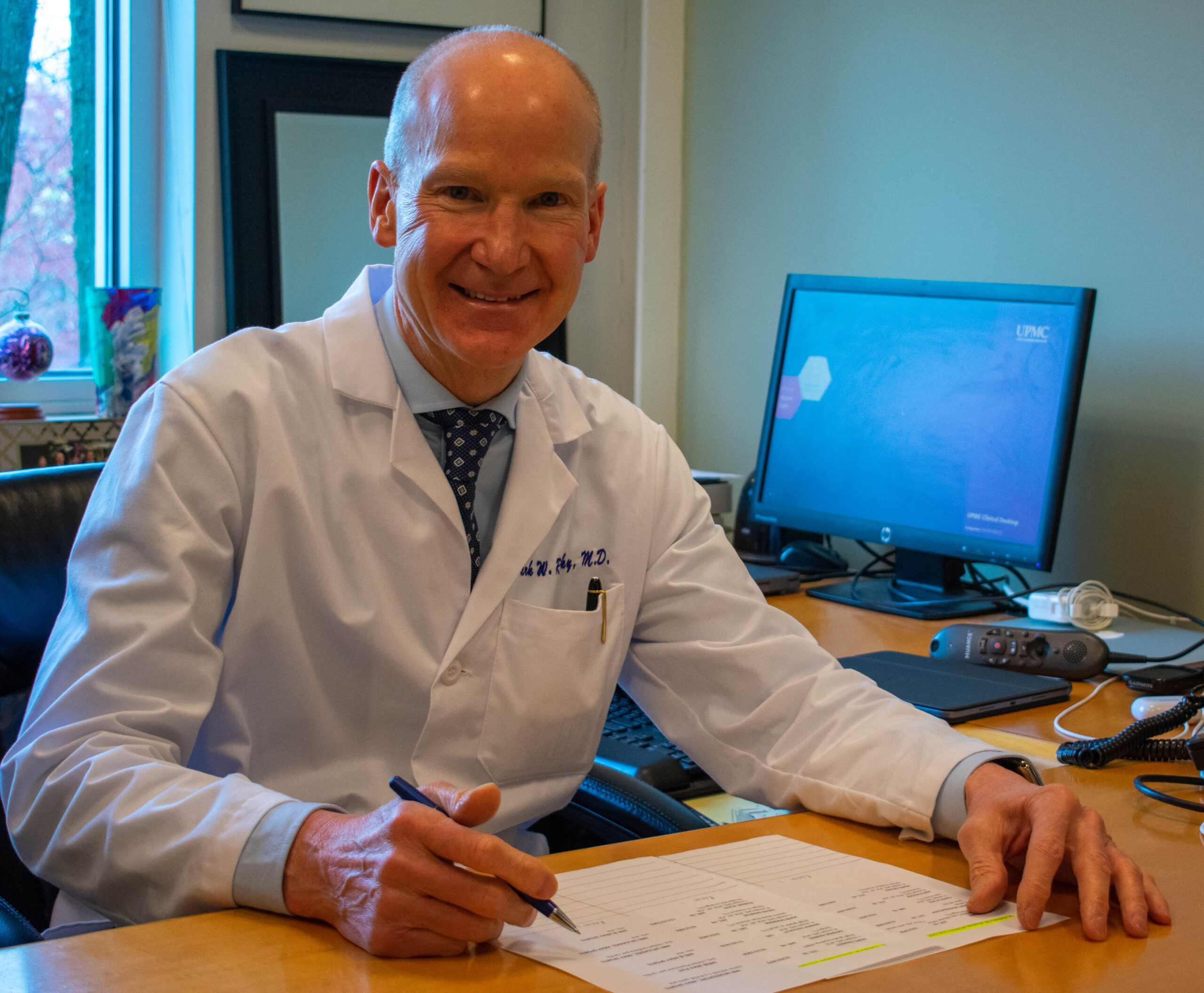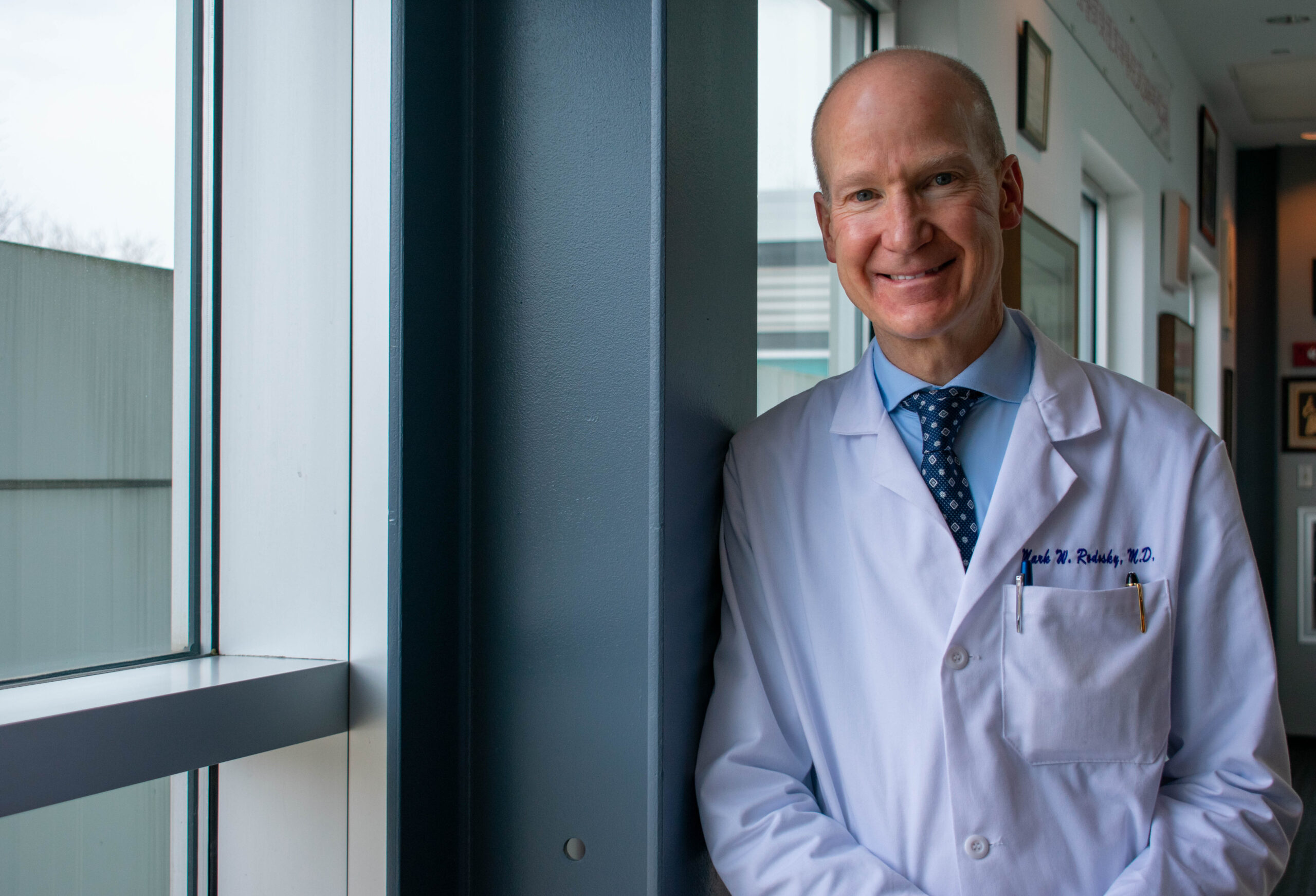Tell us a little about your early life and what sparked your interest in research.
I grew up in a small Midwestern farming town surrounded by animals and plants. From the time I was a small boy, I enjoyed using all my senses to explore all of the biology that was all around me. My father had a small meat processing plant used by all the local farmers. I worked with him from the time that I was very young he was therefore able to experience firsthand what it was like to dissect biologic structures. I was fascinated by anatomy. At the same time, I was an extremely athletic child. Because I grew up in this small farming community, our high school was so small that I was able to participate in multiple sports and became more interested in the musculoskeletal system and how it worked. I knew from the time that I was a junior in high school that I wanted to become a sports medicine physician and that I wanted to have a strong foundation in bioengineering that would help me explore the field.
I was able to go to Northwestern University in the Chicago area which was starting to develop a bioengineering program. My advisor was Dr. Jack Lewis who had a joint appointment with Northwestern University’s medical school and work with the orthopedic department. He was a pivotal influence in my development as an orthopedic surgeon/bio engineer and I actually was able to work with him for short time when I became an assistant professor of orthopedic surgery at the University of Minnesota where he had taken a similar position.
What were your initial career goals? Are there any specific achievements you aspire to reach in your career?
Initially I was interested in all aspects of orthopedic sports medicine including upper and lower extremity. After I completed my internship at the University of Pittsburgh, I moved into the orthopedic lab, precursor to all of our current Pitt orthopedic labs. There I had a great fortune of working with Dr. Freddie Fu who had taken an interest in the shoulder. We developed one of the first dynamic shoulder models and did the first biomechanical study on SLAP lesions. From that time forward I knew that I wanted to specialize in the treatment of shoulder problems with regards to sports medicine. I was then able to do my fellowship at Columbia University in New York City where Dr. Charles Neer had developed the first total shoulder replacement system. This opened my world to bony reconstruction of the shoulder for degenerative problems.
Since that time, I have had the opportunity to do research not only in sports medicine, but also in joint replacement which has been very rewarding. My early career goals were to return to Pittsburgh to become the chief of the shoulder service and to win the ASES Charles Neer research award, both of which I have been fortunate to attain. Currently, I want to help Dr. Albert Lin and the other shoulder specialists in our department move the needle forward with regards to all aspects of shoulder surgery.
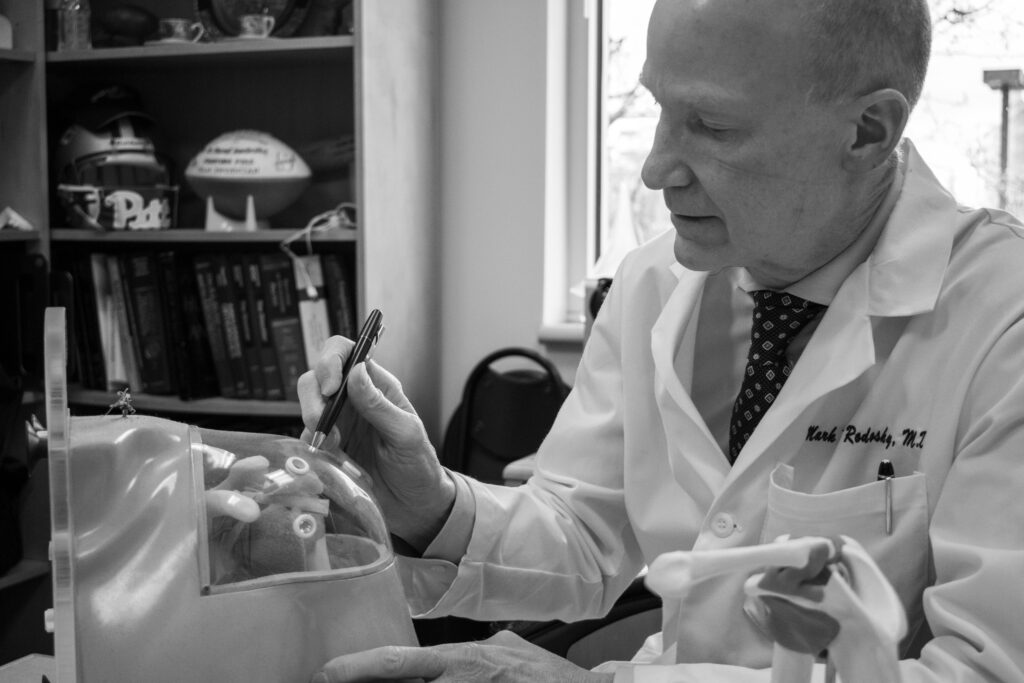
What are you up to today?
My current involvement with our department as Chief Emeritus of our shoulder division within sports medicine is to help provide insights to the younger members of our shoulder team and work with Dr. Albert Lin as codirector of our Pittsburgh Shoulder Institute. The BMRC will not only help us to explore soft tissue problems with regards to sports medicine, including ligament injuries/instability of the shoulder; but also help us to advance the treatment of degenerative problems involving arthritis. We see many young active people that develop arthritis as a result of soft tissue problems and we are currently exploring ways to prevent progression through better surgical treatment and provide better outcomes with arthroplasty when all else fails.
Trying to find a balance between work and a personal life is difficult for us all. How do you cope?
Orthopedics is definitely a very demanding job especially when we are required to care for people with acute injuries including our athletic population. I was taught very early on by Dr. Fu that we need to work hard but we also need to play hard. It is extremely important to take time out to work on your physical and mental wellbeing. Although this can be challenging, you learn that you cannot be very productive in your work if you do not pay attention to your body and mind. My passion is for cycling and I enjoyed staying in shape by preparing for long trips to the Italian mountains at least once a year. It not only helps with my physical health but also my mental health.
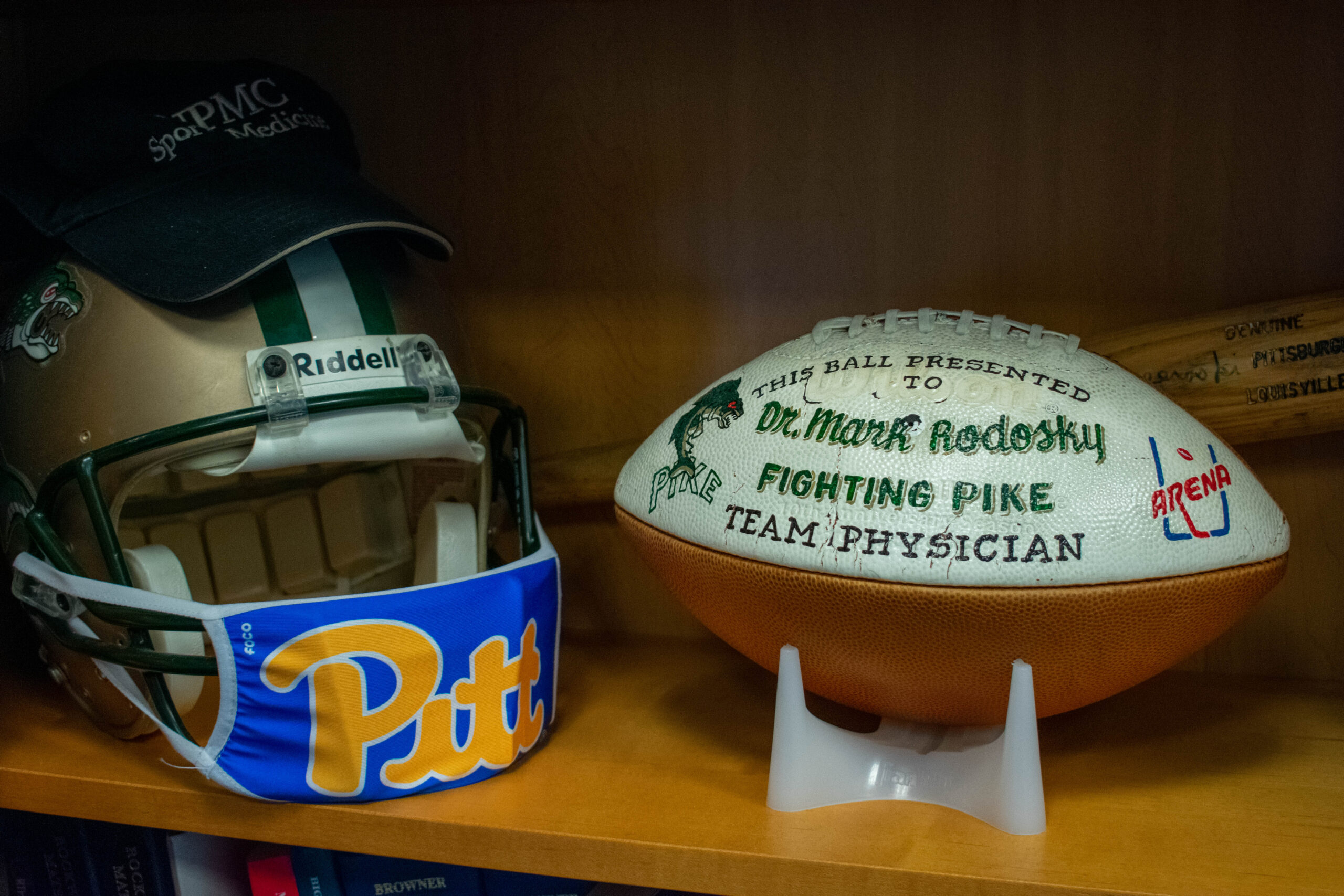
What recent developments or breakthroughs in orthopaedics are you excited about?
I learned very early on in research that the more you explore and find answers to questions the more you realize that there are many more questions to answer. Our field has made tremendous advances in treating degenerative problems related to chronic rotator cuff degenerative arthritis with newer and better joint replacement options such as the reverse prosthesis.
However, we still have many things to learn with regards to treating shoulder problems. We have focused much more on glenohumeral instability and have made many advances. However, our treatment of acromioclavicular instability needs more work. There are other areas that are not so problematic, but from a basic science standpoint are very interesting as we know very little about them. For me, this would include why we are seeing many more people with chronic teres minor muscle atrophy for no apparent reason. Hopefully we can shed light on these issues and many more with the new era of the BMRC.
